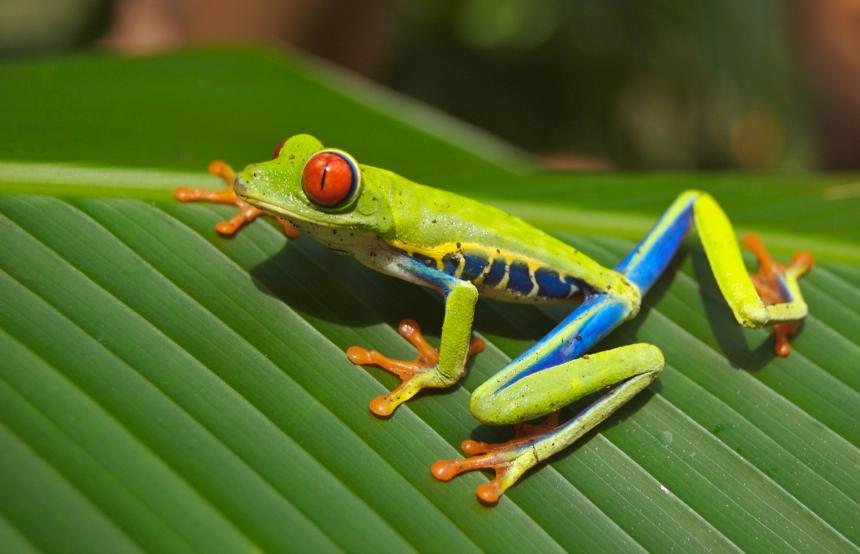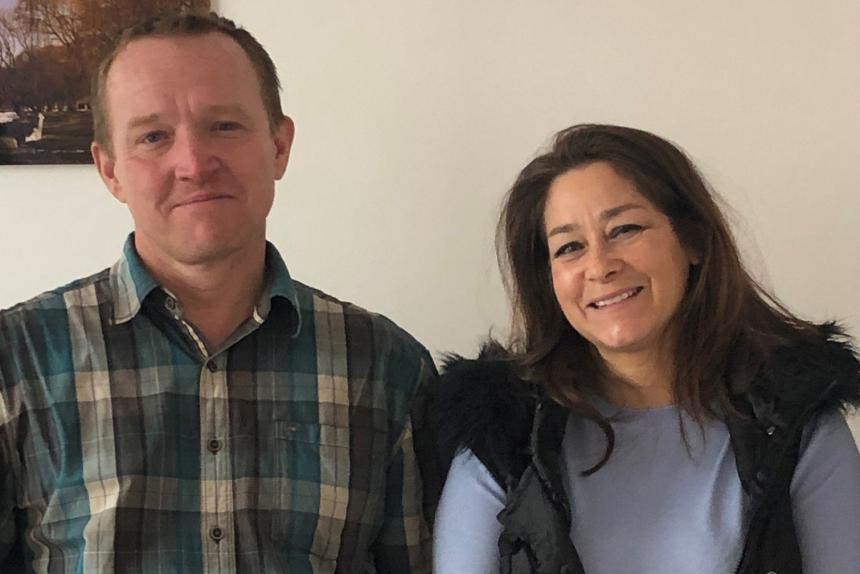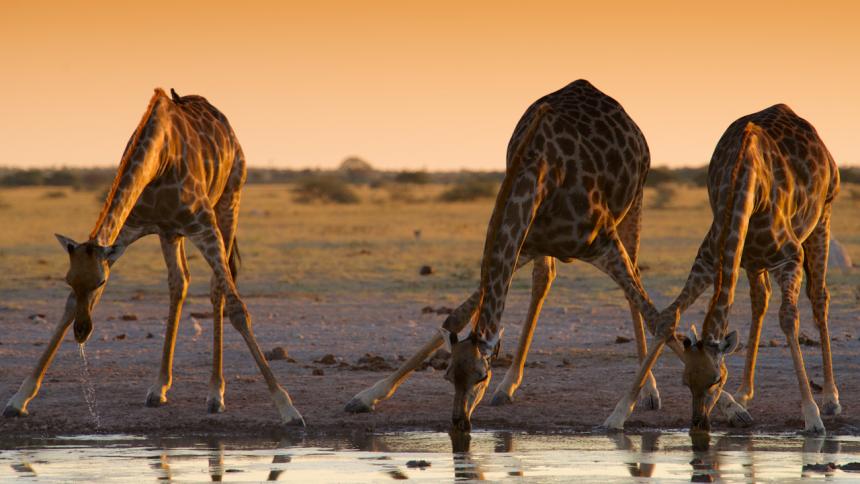March 2019

March 28, 2019
A fungal disease that afflicts amphibians has led to the greatest loss of biodiversity ever recorded due to a pathogen, according to a study co-authored by Cornell's Dr. Kelly Zamudio.

March 25, 2019
When Joan Spiegel, a Cornell parent, saw the image of the big, white cat, funding fieldwork aimed at conserving snow leopards suddenly seemed a compelling and appropriate thing to do. She learned about the Cornell Wildlife Health Center and the work of Dr. Martin Gilbert through Cornell’s Ezra magazine.
Blog
March 19, 2019
What do you call the post-mortem examination of an animal? The appropriate term is “necropsy,” derived from necro (“death”) and the aforementioned opsis.

March 18, 2019
Cornell scientists discovered that a young dog imported from South Korea into Canada brought along a dangerous hitchhiker: the Asia-1 strain of canine distemper virus, which had never before been reported in North America. If the virus comes into contact with wildlife, it may take a serious toll on wild carnivore populations.

March 14, 2019
Botswana is considering significant changes to its approach to wildlife management. Cornell Wildlife Health Center's Dr. Steve Osofsky believes that now is not the time to cut-off migratory corridors or build new fences. Instead, it's time to make land-use decisions that will be socially, ecologically and economically sustainable for generations to come.
